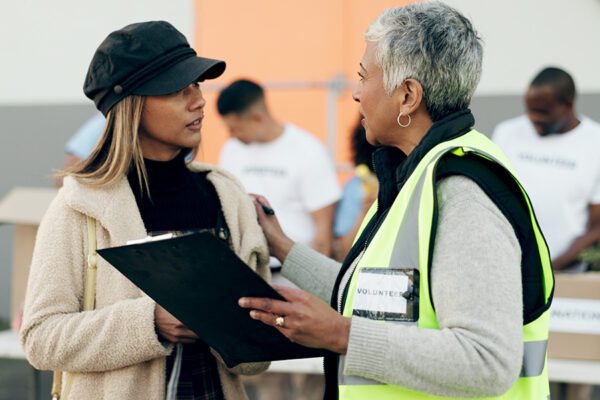By: Matt Meyer, CRIS, Senior Sales Executive / Construction Practice, Risk Advisory Solutions
The recent pandemic has impacted many of us and will continue to do so in the coming weeks and months. While individual states have taken more aggressive measures to control the outbreak than others, soon enough, all construction projects will be significantly affected if they have not already.
What do you need to know to protect the physical structure and site of your job(s)? What are some best practices when the job site does officially shut down, and the site is left vacant?
We’ve included a variety of recommendations and considerations to help you answer these questions.
Fencing
- Fully enclose the entire job site. There should be no areas that would allow individuals to enter the site nor take down the fencing structure easily.
- Lock and secure all gate entrances to the site.
- Consider posting, if not already, signage prohibiting entry by the public. Think of signage similar to “No Trespassing.”
- If the site doesn’t have temporary or permanent construction lighting, you should consider adding it.
Communication
- Any alarms or automatic communication devices that are set-up on the project should be checked and verified that they are in good working order.
- Cameras that may be on the site should be inspected to make sure there are no blind spots on the project (if possible).
- The project manager should go through and verify that a communication tree/emergency contact process is in place.
Security Guard Services
- If the project warrants it, depending on the theft level, you may want to consider hiring a guard service to monitor the project.
- If this is not possible, and your builders risk policy stipulates that these services are necessary as a protective safeguard, please immediately alert your insurance broker to aid you in this process.
Theft Protection
- Consider moving all materials that are onsite into the structure and out-of-sight.
- Remove materials and store them at a secure off-site location whenever possible.
- Board the doors and windows, when, and if possible.
- Any equipment onsite should be appropriately secured and stored in well-lit areas.
- Document the materials that are stored onsite and what you’ve done to secure them, as well as the materials, moved off-site. Take videos or pictures if necessary.
Fire
- Consider shutting off any utilities (e.g., natural gas) that come into the site when possible.
- Verify that any smoke detectors that are installed are in place and operational.
- If the project is currently heated, please verify that the system is working appropriately, and doesn’t pose any potential fire threat.
Water Damage
- Do your best to secure the doors and windows.
- Verify that the roof is appropriately enclosed, and the water drainage from the roof is free of blockage.
- Shut off the water to the site when possible.
- If the project has a fire suppression system, have the contractor verify it is shut off or clear of any water. (There is an understanding that there may be limitations to this.)
- Check all site drainage.
If you have any immediate questions or concerns about your job site situation, please contact a Horton team representative.
Material posted on this website is for informational purposes only and does not constitute a legal opinion or medical advice. Contact your legal representative or medical professional for information specific to your legal or medical needs.



